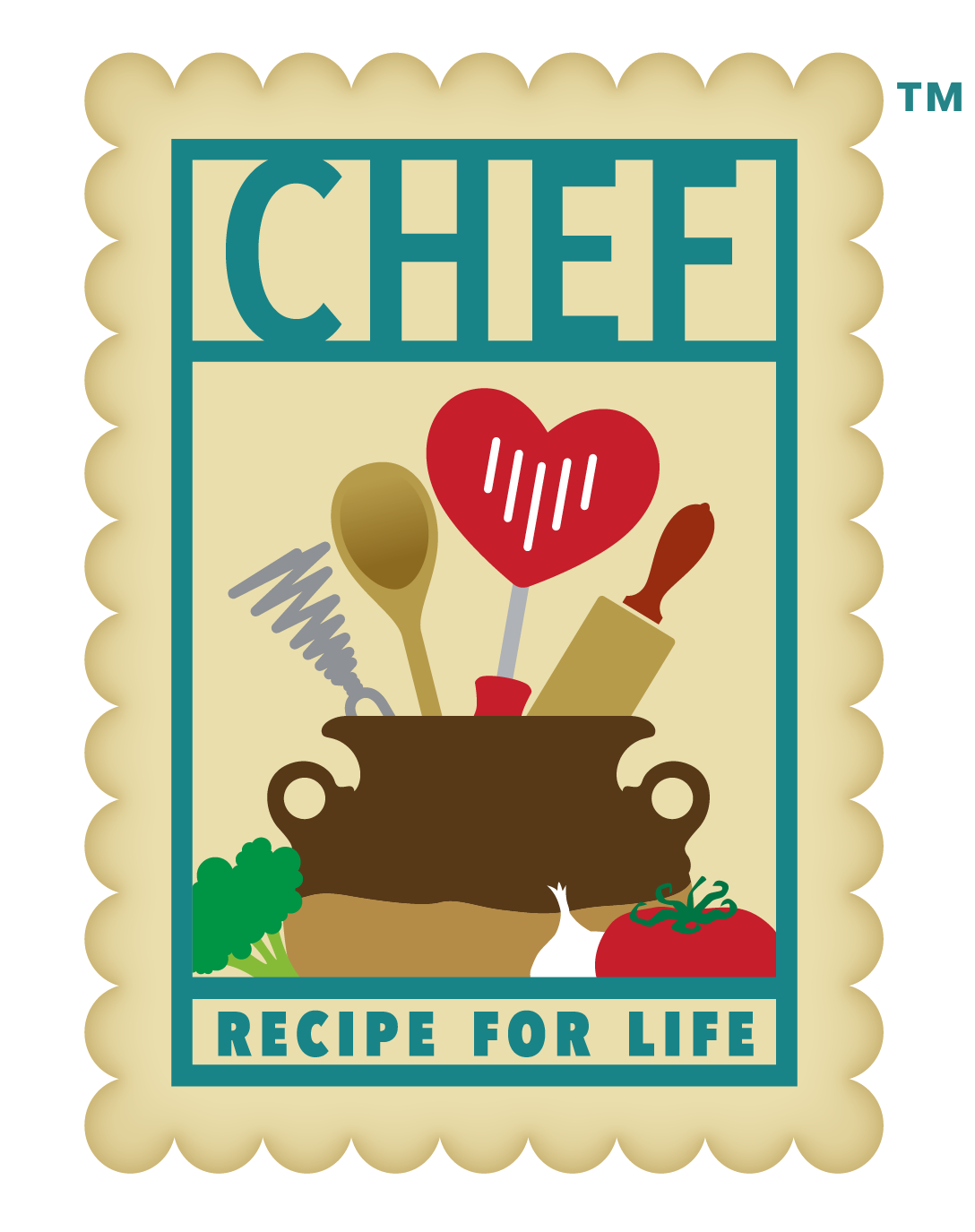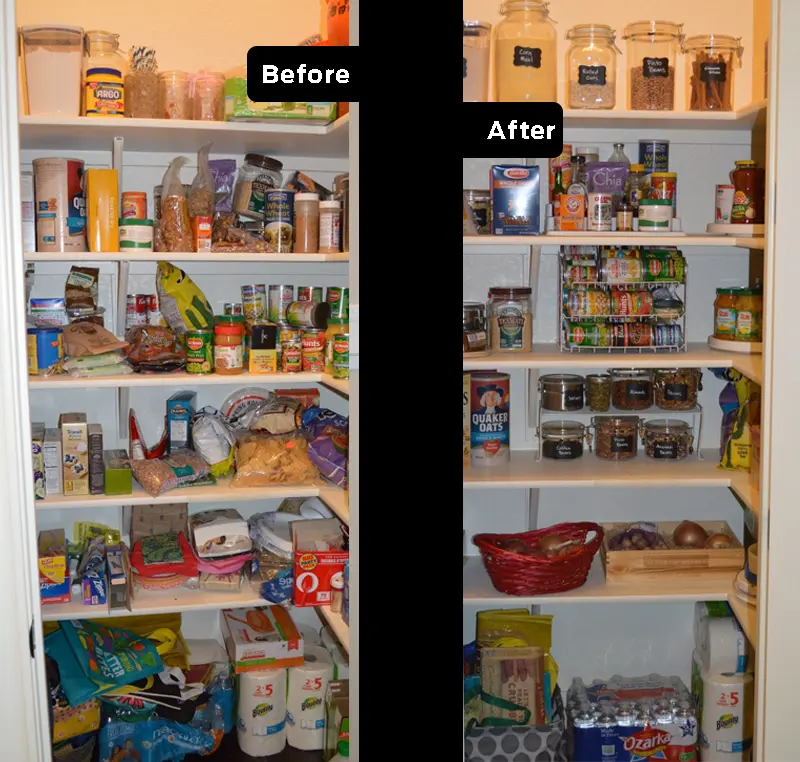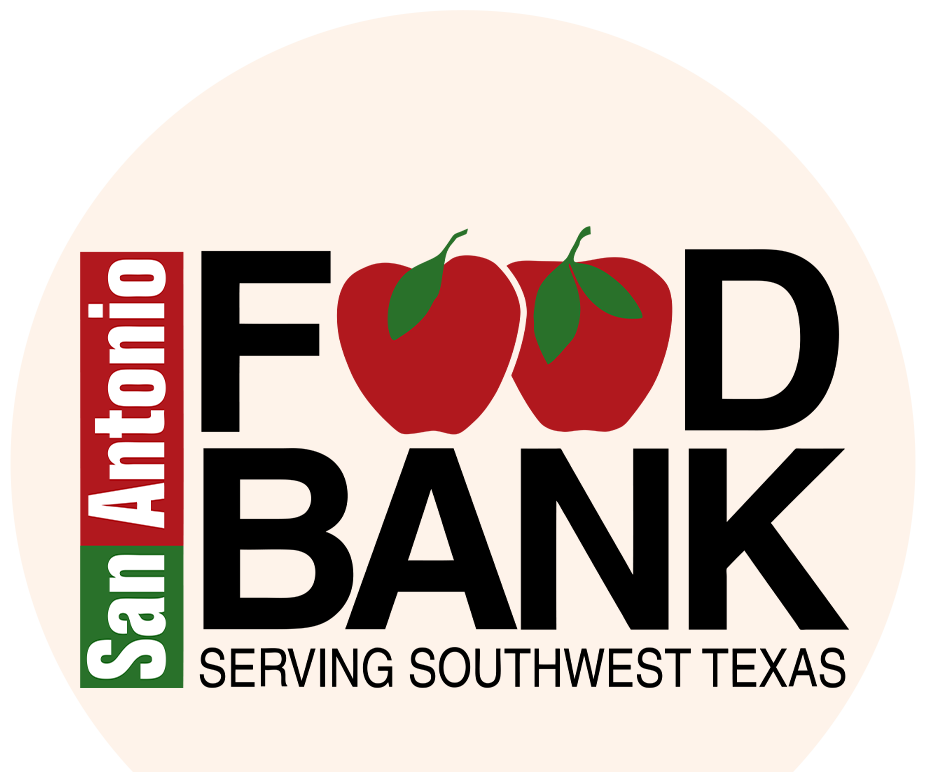by Katy Bowen, MS, RDN, LD and Celina Parás, MSc, RDN, LD
Cooking healthy meals at home starts with a pantry stocked with healthy ingredients. Finding easy substitutions for foods you already know and love can help you stick to your New Year’s Resolution all year long. Check out these Healthy Swaps from our CHEF Dietitians:
Go with the (Whole) Grain
Whole Grains are a great source of B-vitamins, minerals, and fiber. Eating whole grain foods each day may help prevent risk factors associated with heart disease, Type 2 Diabetes, obesity, and even certain cancers. Try these whole grain substitutions to start your pantry makeover today:
Healthy Swaps:
- Whole Grain Bread for White Bread
- Whole Grain Flour for White Flour
- Whole Grain Cereal for Sugar-sweetened cereal
- Whole Grain Pasta for Enriched Pasta
- Whole Grain crackers and pita chips for
- Plain popcorn for buttered, seasoned popcorn
CHEF Tip: Add chili powder or Cinnamon for great flavor without salt!
Fruits and Veggies: Yes we CAN!
Canned fruits and vegetables have a longer shelf life and tend to be lower in cost than fresh fruits and vegetables. BUT – watch out for added sugar in canned fruits and added sodium in canned vegetables and beans. Too much sodium (salt) can lead to high blood pressure, which is a leading cause of Heart Disease. Be sure to check the label and look for “No Sodium Added.” Try rinsing and draining canned foods to remove some of the extra sodium or undesirable ingredients added during the canning process.
Healthy Swaps:
- Fruit canned in juice for Fruit canned in Syrup
- “No Sodium Added” Vegetables for regular canned vegetables
Protein Power
Beans, Nuts, and seeds, are a great source of plant-based protein and they have a long shelf life. Buying canned beans with a “No Sodium Added” label is a great way to limit the amount of sodium you eat. You can also rinse the beans the remove excess sodium.
Try choosing nuts and seeds without added salt or sugar. There are many options to choose from including walnuts, almonds, cashews, pumpkin seeds and sesame seeds. You may store nuts and seeds in the refrigerator to extend their shelf life.
Healthy Swaps:
- “No Sodium Added” Canned beans for regular canned beans
- Dried Beans for Pre-seasoned beans
- Unseasoned nuts – no salt or sugar added for raw nuts and seeds
Rethink your Drink
Drinking 8 cups of water each day may sound like a difficult task, but there are many fun ways to rethink your drink. Try these healthy swaps to decrease the amount of added sugar you eat each week!
Healthy Swaps:
- Bottled water or sugar-free drinks for sugar-sweetened beverages
- Infused water with fresh fruits and herbs instead of “fruit drinks.”
Spice It Up!
There are lots of ways to flavor your food without adding salt. Dried spices are a great way to flavor your food without relying on too much sodium, sugar or fats. You may use other flavoring agents such as citrus juice, fresh & dried herbs, and fresh aromatic vegetables such as onion, garlic, celery, and green onions.
Healthy Swaps:
- Dried herbs & spices for salt
- Garlic powder for garlic salt
- Dried spices without added sodium vs. spice blends with MSG (monosodium glutamate) or added sodium.
- Rely on fresh aromatics to add flavor, nutrients, and dietary fiber to meals!
Top it off!
Use oils, vinegars and better-for-you condiments instead of condiments with added sugar, salt, and high in fat.
Healthy Swaps:
- Swap olive or canola oil for Crisco and other fats that are solid at room temperature
- Vinegars such as balsamic for high-fat salad dressings
- Make your own vinaigrette vs. store-bought vinaigrettes. Homemade vinaigrettes are inexpensive and free of preservatives, check out our CHEF salad dressing recipe!
These simple swaps can make a huge impact to help you eat healthy foods all year long!









